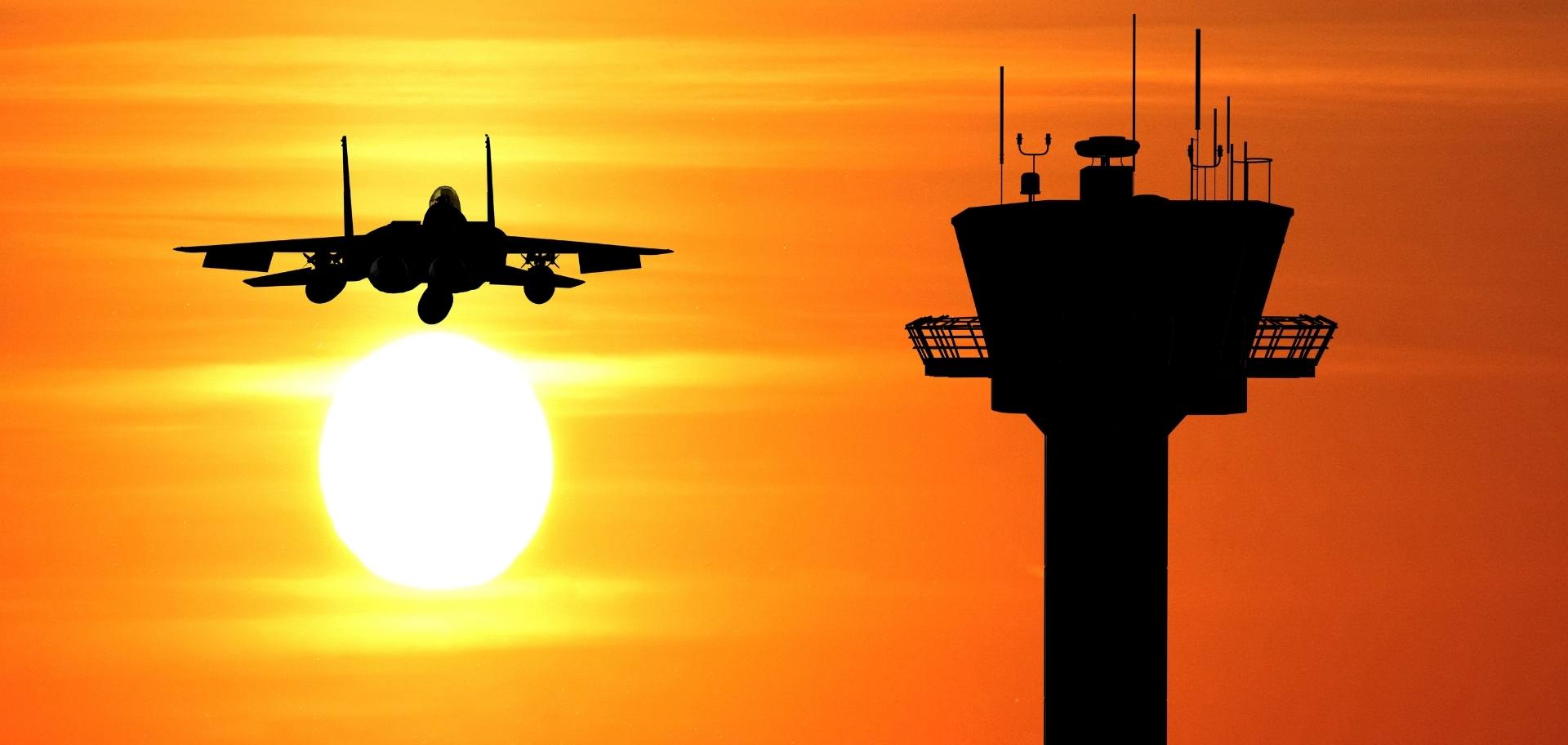Chris Gilmour writes weekly for Ghost Mail, sharing his international perspectives and on-the-ground insights into what the global investment community is focusing on.
Things were looking good on the investment front until a few months ago; the Sars-CoV-2 pandemic was abating, pent-up demand was providing lots of activity in certain sectors of the economy and even those sectors that had suffered badly in the pandemic were starting to turn around. People were relishing the prospect of a re-run of what happened post the Spanish Flu pandemic in 1918/20. In other words, the scene was being set for an unfettered bonanza in global equity markets. But then two things happened that brought the shutters down quickly on this dream – the slavish adherence of the Chinese Communist Party to a Zero-Covid policy and the war in Ukraine.
Both events are likely to impart a long-lasting dampening effect on the global economy, though for the nimble investor there will always be opportunities, even in the face of languishing equity markets.
The main impact of the Chinese Zero-Covid policy and the war in Ukraine has been to greatly increase inflation around the world. Just last week, US inflation for March came in at 8.3% year on year, only marginally down on the previous month’s figure. The Bank of England is now confidently predicting that British inflation will hit 10% by July. These are inflation rates that haven’t been seen in a generation and the world is ill-prepared for them. The danger now is that inflation become “unanchored” and thus becomes increasingly difficult to control. Faced with that prospect, the US Federal Reserve (the Fed) and the Bank of England are likely to get spooked into tightening more than may be required.
The stocks that have been hit hardest so far included US tech stocks, the rationale being that higher inflation breeds higher interest rates which in turn will dampen the future cash flows of these tech companies far into the future. The tech-heavy Nasdaq Composite index is down almost 30% from its peak last November and is well into bear market territory. The broader S&P 500 is down around 17% from its peak.
So, on the face of it, all gloom and doom. This historically means that it’s probably getting time to buy, according to the old maxim about being greedy when others are fearful and vice versa. But before jumping in boots and all, it is worth considering what the future may hold.
What we do know is inflation and interest rates are on an upwards trajectory. Normally this is bad news for equity markets, even though it usually signals that an economy is growing very strongly. And US economic metrics are still holding up remarkably well, even though inflation is roaring. We also know that the war in Ukraine is probably going to last longer than any of us originally thought. It is turning out to be a proxy war between Russia and the US (in the form of Nato) and the Americans are quite happy for it to fester for a while yet. The Russians have been wrong-footed by the stern resolve of the Ukrainian resistance and the cohesion of the western allies. In these two pivotal areas, Vladimir Putin has bitten off more than he can chew.
But this is not the end of the story by any means. Putin has many gaps to plug in his desire to restore Russia in the guise that it was in the days of the Soviet Union. Russia/Soviet Union has been invaded on around 50 different occasions in the past few hundred years and all of those invasions have come through gateways, such as the Polish gap, the Bessarabian gap, the Baltic Sea and Crimea. Putin’s end goal is to plug all nine of these gaps. When the Soviet Union collapsed, Russia went from controlling all nine to controlling just one. But, gradually, Russia has been taking back that territory and plugging the gaps. Unfortunately for Ukraine and the rest of the world, Putin is only about half-way through his gap-plugging quest.
So, it’s probably no coincidence that both Sweden and Finland didn’t take much persuasion to signal their intention to join Nato. If and when Putin tries to invade either of these countries, it will elicit an automatic response by Nato.
Western military observers have been stunned by how useless the Russian army has turned out to be. On the face of it, they should have overrun Ukraine in a couple of weeks. But poor logistics, bad training, a poorly-trained army and exceptionally low maintenance have all conspired to hobble the Russian advance. And in the meantime, Ukraine has been receiving an ever-greater supply of military hardware from the west and from former Warsaw Pact countries such as Czechia and Poland.
This conflict is likely to endure for months and has the capacity to go for years. It will keep inflation stoked up and the sanctions net will tighten progressively around Russia. A nuclear conflagration is highly unlikely, unless Putin reaches the stage where he feels so threatened that he lashes out and presses the nuclear button with a pre-emptive tactical nuclear strike in Ukraine or somewhere else in eastern/central Europe. A conventional warfare escalation is more likely, with Nato probably entering the fray at some point.
Given that scenario, US listed military stocks such as Lockheed Martin (LMT), which makes the Night Hawk stealth fighters and the Javelin anti-tank missiles or Northrop Grumman (NOC), which makes the B2 stealth bomber and the Tomcat fighter are in big investor demand. For those with an aversion to profiting from war, the Satrix MSCI India ETF (STXNDA) might provide an interesting opportunity. India is currently the fastest-growing large economy on earth and is not hidebound by the poor demographics of China. And unlike China, which has to export to survive, most of India’s growth is internally driven via consumption. India has made several deals with Russia to receive its oil at preferential prices, so will not be hobbled by soaring energy prices to the same extent as many other countries.





Interesting article, but would have prefered a bit more information on the ETF and a better explanation of the association with higher inflation.
I think Chris is suggesting that India has an interesting position in the current climate, rather than putting the country forward as a direct winner from inflation.